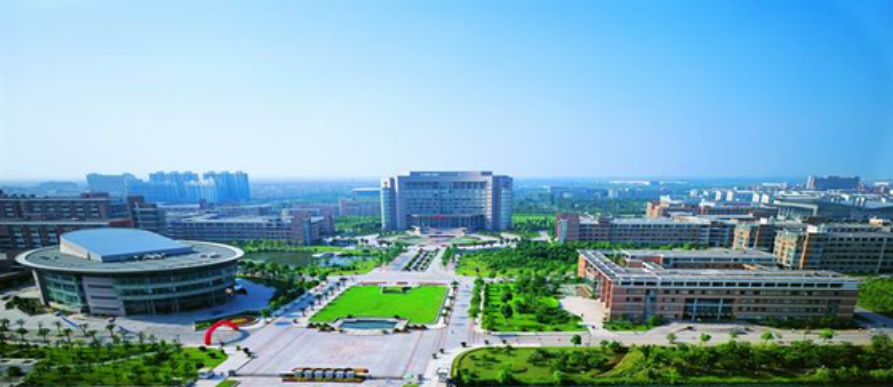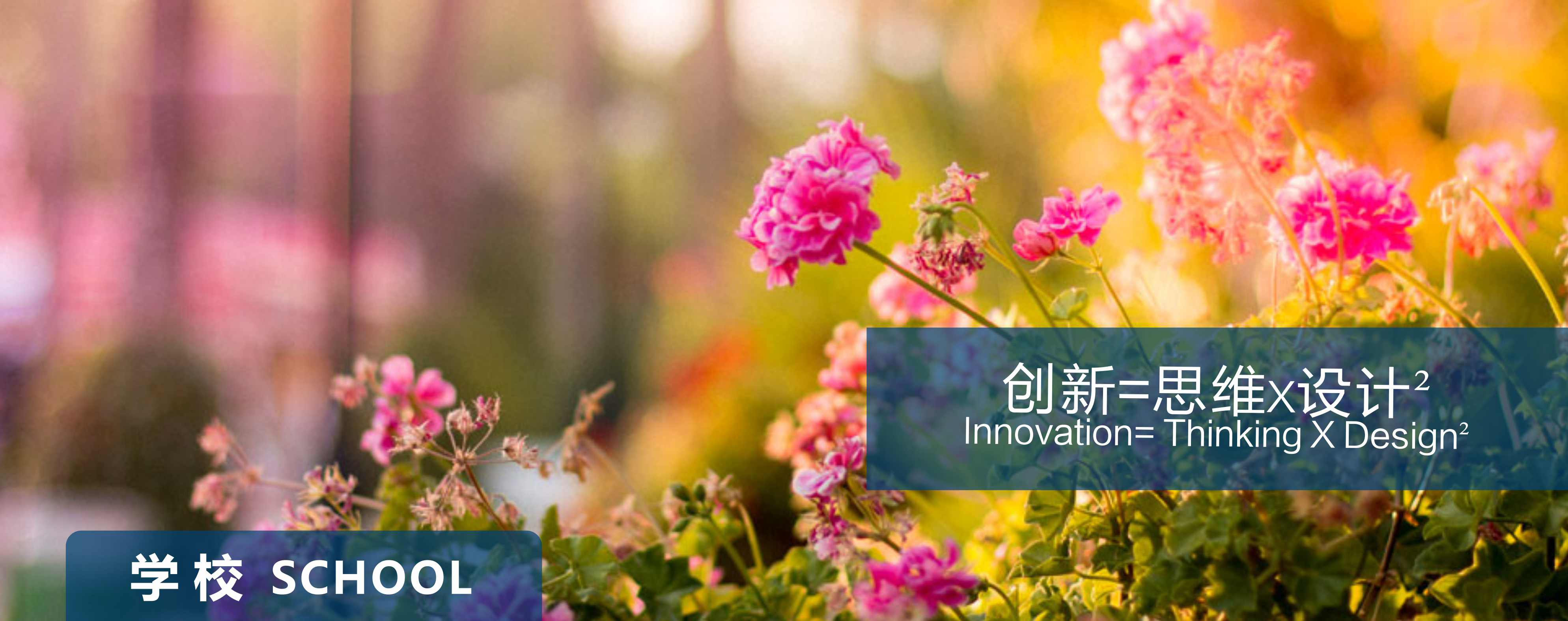
浙江理工大学 官网链接:https://www.zstu.edu.cn/index.htm
浙江理工大学坐落在历史文化名城杭州市。学校办学历史悠久,前身蚕学馆是杭州知府林启为实现实业救国、教育救国的宏愿于1897年创办的,是我国最早创办的新学教育机构之一。1908年,因办学成绩卓著,被清政府御批升格为“高等蚕桑学堂”。辛亥革命至解放前夕,因时局动乱,学校几度易名、数迁校址,在风雨沧桑中生生不息、坚持办学。新中国成立后,学校不断开拓进取,绘就了新的历史篇章。学校1959年开始招收本科生,1964年由国务院定名为浙江丝绸工学院,1979年开始招收硕士研究生,1983年获硕士学位授予权。1999年,经教育部批准,学校更名为浙江工程学院。2004年,经教育部批准,学校更名为浙江理工大学。2006年,获得博士学位授予权。2010年,经教育部批准,获得推荐优秀应届本科毕业生免试攻读硕士学位研究生资格。2017年,学校入选浙江省重点建设高校。
今天的浙江理工大学是一所以工为主,特色鲜明,优势突出,理、工、文、经、管、法、艺术、教育等多学科协调发展的省重点建设高校。学校下设19个学院(教研部),举办1所独立学院,现有全日制在校学生34000余人,其中研究生6400余人。学校现有本科招生专业58个,其中“双万计划”国家级一流本科专业建设点专业19个,国家(教育部)特色专业8个,教育部综合改革试点专业1个、教育部“卓越工程师教育培养计划”试点专业6个、“教育部-欧特克公司专业综合改革项目”3个,“双万计划”省级一流本科专业建设点专业10个,“十三五”省优势专业7个、省特色专业5个,通过教育部工程教育认证专业7个、通过住房和城乡建设部专业评估(认证)专业1个、通过长三角新文科教育专业认证联盟认证专业1个。拥有一级学科博士学位授权点6个、一级学科硕士学位授权点25个,硕士专业学位类别17种,博士后科研流动站3个。拥有省重点建设高校优势特色学科2个、省一流学科A类6个、一流学科B类6个;化学、材料科学和工程学学科进入ESI全球排名前5‰。拥有2个国家地方联合工程实验室、1个国家地方联合工程研究中心、3个国家国际科技合作基地,1个教育部重点实验室、1个教育部省部共建协同创新中心、1个教育部工程研究中心、1个文化和旅游部重点实验室,1个省技术创新中心、13个省级重点实验室和工程技术研究中心、7个省级工程实验室和工程研究中心、1个浙江省JMRH科技协同创新示范平台、4个省级2011协同创新中心、2个省级哲学社会科学重点研究基地、1个省习近平新时代中国特色社会主义思想研究中心研究基地、9个省级国际科技合作基地[其中2个省级“一带一路”国际联合实验室(研究中心)]、2个省软科学研究基地、1个省重点产业技术联盟、1个省级院士专家工作站,1个国家技术转移示范机构、1个省级重点科技中介服务机构。拥有3个国家级实验教学示范中心,2个国家级虚拟仿真实验教学示范中心,2个国家工程实践教育中心,3个国家级虚拟仿真实验教学项目,1个国家级大学生校外实践教育基地,2个省级重点支持现代产业学院,1个国家级众创空间、3个省级大学生校外实践教育基地、3个省级众创空间。学校入选全国高校实践育人创新创业基地、全国毕业生就业典型经验高校50强、教育部全国创新创业典型经验高校50强、省大众创业万众创新示范基地。拥有4门国家精品视频公开课,12门国家一流课程,5门国家精品资源共享课,2门国家双语教学示范课,2门教育部来华留学英语授课品牌课程,7本“十二五”国家级规划教材,获国家级教学成果二等奖3项。
学校师资力量雄厚,现有教职工2497人,其中具有正高职称319人,副高职称674人。拥有教育部创新团队2个,省重点科技创新团队7个,省重点文化创新团队1个,省高等学校创新团队5个、省高校高水平创新团队3个;中国工程院院士1人,发达国家院士2人,国家高层次人才特殊支持计划领军人才5人,国家自然科学基金杰出青年科学基金获得者1人、优秀青年科学基金获得者2人,“新世纪百千万人才工程”国家级人选5人,国家有突出贡献中青年专家1人,文化名家暨“四个一批”人才2人,教育部“新世纪优秀人才支持计划”8人,科技部中青年科技创新领军人才3人,及其他国家级人才、专家20人;省特级专家4人,省高层次人才特殊支持计划杰出人才4人、科技创新领军人才11人、人文社科领军人才1人、教学名师2人、青年拔尖人才12人,省高校“钱江学者”特聘教授10人,省有突出贡献中青年专家8人,省教学名师4人,省“新世纪151人才工程”第一层次培养人员(含重点资助)25人;享受国务院政府特殊津贴人员11人;聘请了一批国内外知名专家、学者为兼职教授和金沙学者。
学校着力提升科技创新力,在众多领域完成了一系列国家科技计划项目和国家、省部基金科研项目,获得国家技术发明二等奖8项,国家科技进步二等奖8项,国家科技进步三等奖1项,鲁迅文学奖1项,何梁何利基金科学与技术创新奖2项,2016年至今获得省部级奖励194项。科技工作综合指标一直稳居浙江省属高校前列。
学校坚持开放办学,已与46个国家和地区的155所教育、科研机构建立了合作关系,与马兰戈尼学院(法国)举办非独立法人中外合作办学机构浙江理工大学马兰戈尼时尚设计学院,与美国北卡州立大学、纽约州立大学时装技术学院举办中外合作办学项目4项,与毛里求斯大学、苏里南大学共建2所孔子学院,留学生教育迅速发展。
有着125年办学历史的浙江理工大学,将继续秉承“求知求实、创新创业”的优良传统,践行“厚德致远、博学敦行”的校训精神,弘扬“求是笃实”的优良校风,在新时代抢抓新机遇,勇担新使命,为加快建设特色鲜明研究型高水平大学而努力奋斗!
2022年6月
Zhejiang Sci-Tech University (ZSTU) is located in Hangzhou, a historical and cultural city, boasts a long history of schooling and covers a campus area of over 2100mu.
Silkworm School, precursor of ZSTU, was founded in 1897 by Lin Qi, governor of Hangzhou prefecture then, with the noble ambition to save the nation by engaging in industry and education, and was one of the earliest new-learning educational institutions ever founded in China. In 1908, Silkworm School was imperialistically promoted by the royal court of the Qing Dynasty to be Advanced Academy of Sericulture and Mulberry owing to its outstanding schooling achievements. The period of turmoil and chaos, from the Revolution of 1911 until the founding of the People’s Republic of China, witnessed the changes of the names and locations of the institution for several times. However, no matter what hardships it underwent, it never gave up its commitment to schooling. After the founding of the PRC in 1949, the academic institution kept forging ahead and composed grand new chapters of its history. In 1959, it began its enrollment of undergraduate candidates. In 1964, the State Council named it Zhejiang Silk Engineering College. In 1979, it started to offer postgraduate programs and was authorized to confer master’s degrees in 1983. With the approval of MOE, it was named Zhejiang Engineering College in 1999 and Zhejiang Sci-Tech University in 2004. In 2006, ZSTU began to have the authority to confer doctoral degrees. In 2010, with the approval of MOE, ZSTU began to be qualified to recommend excellent fresh undergraduates to take master’s degree programs free of examination. In 2017, ZSTU was listed among the Zhejiang Provincial Key Construction Higher Educational Institutions.
ZSTU now is a provincial university focusing on engineering, with distinct characteristics and advantages as well as the coordinated development of the various disciplines of sciences, engineering, arts, economics, management, law, fine art, education, etc. ZSTU consists of 18 affiliated schools or colleges (teaching and research departments) and 1 independent college, with a population of over 29200 full-time on-campus students, and among whom 4460 are graduate students. At present, ZSTU offers 67 undergraduate programs of which 8 are the national (MOE) characteristic programs, 1 MOE comprehensive reform trail program, MOE “Outstanding Engineer Education and Cultivation Project” trial programs, 3 “MOE-Autodesk Professional Comprehensive Reform Programs”, 7 “13th five-year” provincially advantageous programs and provincially characteristic programs. ZSTU boasts 2 doctoral degree first-level disciplines (including 12 doctoral degree second-level disciplines), 17 master’s degree first-level disciplines and 6 independently-set master’s degree second-level disciplines (66 master’s degree second-level disciplines, altogether), is authorized to confer ME (including 13 ME categories), MFA, MBA, JM, MAP and MTI, and is authorized to confer master’s degree to candidates of the same educational level. ZSTU has 1 provincial higher education top-key first-level discipline, 3 provincial higher education top-key (first-level) disciplines, 1 provincial higher education key research base of humanities and social sciences, 11 provincial higher education key disciplines, 6 provincial fist-rate disciplines of classification A and 7 provincial first-rate disciplines of classification B. The disciplines of material sciences, chemistry and engineering are listed among the global top 1% by ESI. ZSTU has 2 state-locality cooperative engineering laboratories, 2 national international sci-tech cooperation bases, 1 MOE key laboratory, 2 MOE engineering research centers, 1 MOC key laboratory, 3 provincial 2011 coordinated innovation centers, 10 provincial key laboratories and engineering technology research centers, 1 provincial philosophy & social sciences key research base, 5 provincial engineering laboratories, 2 provincial (technological) research centers, 2 provincial international sci-tech cooperation bases, 1 provincial academician & expert work station, 1 provincial DOC key research base, 1 provincial modern revolution history cultural research base, 3 national experimental teaching demonstration centers, 2 national virtual simulation experimental teaching demonstration centers, 2 national engineering practical education centers and 1 national college student off-campus practical education base. ZSTU has 4 national choicest video public courses, 5 national choicest resource sharing courses, 2 national bilingual teaching demonstration courses, 2 MOE foreign student in-English brand courses and 7 “12th five-year” nationally-planned textbooks. ZSTU has achieved 3 second prizes of national teaching awards.
ZSTU boasts a high-level faculty and staff of more than 2,000 personages, with over 880 associate professors and 260 professors. It has 2 MOE innovation teams, 7 provincial key sci-tech innovation teams, 1 provincial key cultural innovation team, 5 provincial higher-education innovation teams and 2 post-doctor scientific research mobile stations. ZSTU has 3 national “Ten Thousand Talent Program” leading talents, 1 MOE Yangtze River distinguished professor, 1 MOE Yangtze River lecturing professor, 1 winner of national NSFC outstanding young scientist foundation, 3 national “One Thousand Talent Program” experts (including 1 national “One Thousand Foreign Expert Program” expert), 5 national “New-century Thousands-of-talent Program” talents, 1 national outstanding contribution middle-young-aged expert, 1 Cultural Master & “Four Batches” talent, 5 MOE “New-century Excellent Talent Support Program” talents, 1 provincial top expert, 5 provincial “One Thousand Talent Program” (including 2 Seagull Program talents), 10 provincial higher education “Qiantangjiang River Scholar” distinguished professors, 9 provincial outstanding contribution middle-young-aged experts, 27 first-level cultivation talents of provincial “New-century 151 Talent Program”, and 31 State Council government special subsidy personages. Additionally, ZSTU employs massive renowned experts and scholars from home and abroad as part-time professors and Jinsha Scholars.
ZSTU has ever been attaching importance to scientific research work, the research strength has been progressively enhanced, and ZSTU has successfully undertaken series of national sci-tech planning projects, as well as other national or provincial research projects in various fields. ZSTU has won 7 second prizes of State Technological Invention Award, 5 second prizes of State Sci-tech Progress Award, 1 Lu Xun Literature Award, 1 Ho Leung Ho Lee Foundation sci-tech innovation prize and 150 or so provincial or ministry prizes. The composite index of the sci-tech work has been ranking among the top of the provincial universities and colleges.
ZSTU has been sticking to its open schooling, has established its cooperation with over 100 educational and sci-tech research institutions of over 20 countries and areas, has cooperatively established 2 Confucius Institutes with University of Mauritius and University of Suriname, and the foreign student education has been rapidly developing.
ZSTU with a schooling history of 120 years is sparing no efforts to carry forward its school spirit of “pursuing truth and uprightness”, to take new opportunities and start new journeys in the new era, and to stride forward to build the university into a high-level teaching-research-style institution of distinct characteristics as soon as possible.


